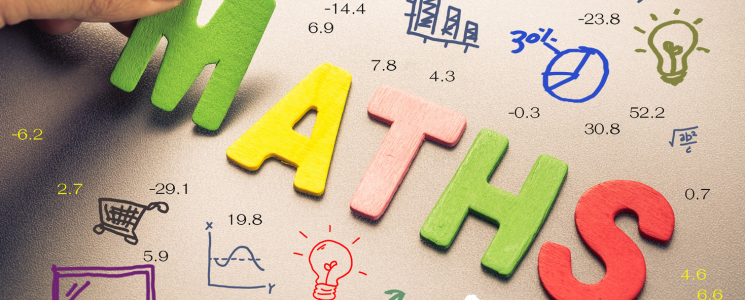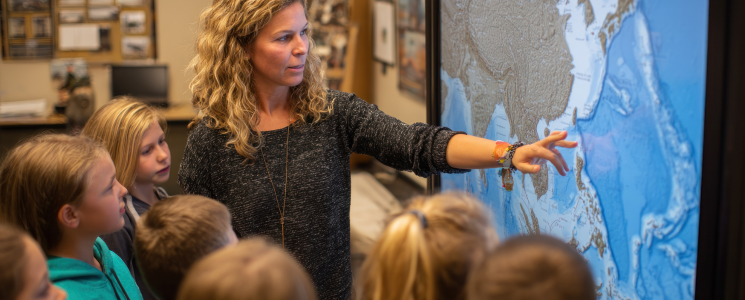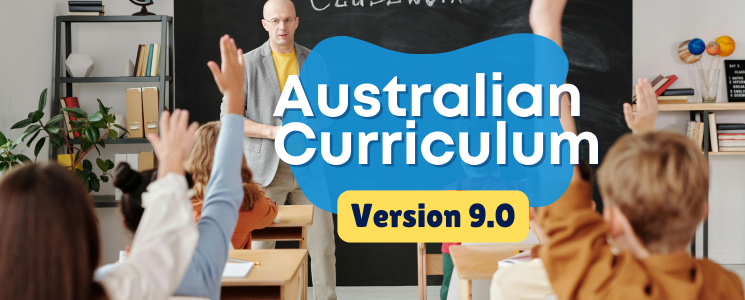Lesson planning is the foundation of effective teaching. For teachers in Australia, aligning lessons with the Year 4 Australian Curriculum ensures that every student gains a strong academic base while developing essential skills for future learning. A structured lesson plan allows teachers to deliver engaging content, assess student understanding, and maintain consistency across different schools and classrooms.
If you are teaching Year 4 students, this guide will walk you through a clear, step by step process on how to plan lessons that align perfectly with the Australian Year 4 Curriculum. You will learn how to create purposeful, engaging, and measurable lessons that support your students’ growth across all learning areas.
Understanding the Year 4 Australian Curriculum
Before diving into lesson planning, it’s essential to understand what the Year 4 Australian Curriculum aims to achieve. This curriculum focuses on building a balance between foundational skills and creative thinking, helping students move from basic knowledge to a more complex understanding.
At this level, students are expected to expand their vocabulary, improve numeracy skills, and explore science, history, and the arts in greater depth. The Year 4 Curriculum Australia provides detailed content descriptors, achievement standards, and elaborations that help teachers identify what students should know and be able to do.
The Purpose of Alignment
Planning lessons according to the Australian Year 4 Curriculum ensures that students in every region of the country receive a consistent learning experience. It also allows schools to monitor progress against national standards and ensures that no key concept or skill is left out.
When your lessons align with the curriculum, you are not just following guidelines, you are providing every child with the opportunity to succeed at their own pace.
Step 1: Identify Learning Goals and Outcomes
The first step in planning lessons aligned with the Year 4 Australian Curriculum is defining your learning goals. Each lesson should have a clear objective that aligns with the curriculum’s content descriptors.
These learning outcomes describe what students should understand, know, and do by the end of the lesson. For example, in mathematics, a Year 4 learning outcome might be: “Students can use strategies for multiplication facts up to 10 x 10.” In English, it might be: “Students can write structured paragraphs using topic sentences and supporting details.”
Setting SMART Goals
To make lesson goals more effective, use the SMART framework:
- Specific: Focus on one clear learning outcome.
- Measurable: Ensure you can assess the result.
- Achievable: Make sure it suits your students’ level.
- Relevant: Connect to the broader unit or curriculum goal.
- Time-bound: Plan for completion within the lesson period.
When your goals are specific and measurable, lesson planning becomes smoother, and assessment more meaningful.
Step 2: Choose Content from the Australian Year 4 Curriculum
The Australian Year 4 Curriculum is divided into key learning areas such as English, Mathematics, Science, Humanities, The Arts, and Health and Physical Education. Each area provides content descriptions that outline what should be taught.
When choosing content for your lesson:
- Review the content descriptors relevant to your subject.
- Check the achievement standards for your year level.
- Link each learning goal to one or more general capabilities, such as literacy, numeracy, or critical thinking.
Example
If you are teaching science, your content might include “Earth’s surface changes over time due to natural processes and human activity.” You can then plan experiments, discussions, and assessments around this core idea.
Step 3: Design Engaging Learning Activities
A great lesson keeps students actively involved. To align with the Year 4 Curriculum Australia, you need to design activities that promote both understanding and enjoyment. Students in Year 4 are curious, eager to participate, and beginning to think critically, so your activities should encourage exploration and creativity.
Building Engagement
Start your lesson with a question, a story, or a short visual to capture attention. Then, move into hands on or interactive tasks that reinforce learning.
Some effective strategies include:
- Group work: Encourages collaboration and communication.
- Hands-on experiments: Ideal for science or STEM lessons.
- Storytelling or role-play: Engages imagination and empathy.
- Games and puzzles: Make learning fun while reinforcing key concepts.
Encouraging students to take part in discussions and reflect on their learning helps them connect new ideas with existing knowledge.
Step 4: Incorporate General Capabilities and Cross-Curricular Priorities
The Year 4 Australian Curriculum is not limited to subject content, it also emphasizes general capabilities and cross curricular priorities. These areas help students develop skills they will use throughout life, not just in one subject.
General Capabilities Include:
- Literacy and numeracy
- ICT capability
- Critical and creative thinking
- Personal and social capability
- Ethical understanding
- Intercultural understanding
Cross-curricular priorities such as sustainability and Aboriginal and Torres Strait Islander histories can also be woven into lessons. For example, a geography lesson on landforms could include indigenous perspectives on caring for the environment.
Incorporating these broader capabilities helps students see the connection between subjects and real world issues, fostering a more complete education.
Step 5: Select Teaching Strategies That Match the Learning Goals
Your choice of teaching strategies should match the objectives of your lesson. The Australian Year 4 Curriculum encourages flexible approaches that cater to diverse learners.
Here are some proven strategies:
-
Explicit teaching: Ideal when introducing new skills or knowledge.
-
Inquiry-based learning: Encourages curiosity and independent research.
-
Collaborative learning: Promotes teamwork and peer learning.
-
Differentiated instruction: Adjusts lessons to suit individual learning styles.
Different lessons may require different methods, but the focus should always remain on making learning meaningful and student-centered.
Step 6: Plan Assessment and Feedback
Assessment helps you measure how effectively students have achieved the learning goals set by the Year 4 Australian Curriculum. Good assessments are aligned with lesson objectives and offer insights into student progress.
Types of Assessment
-
Formative Assessment: Used during the lesson to monitor understanding. Examples include quick quizzes, group discussions, or mini presentations.
-
Summative Assessment: Conducted at the end of a unit to evaluate mastery of concepts. Examples include written tests or projects
-
Self and Peer Assessment: Encourages students to reflect on their learning and understand their progress.
Providing Feedback
Feedback should be constructive and specific. Focus on what students did well and what can be improved. Encourage them to take ownership of their learning by setting personal improvement goals.
Step 7: Differentiate to Support Diverse Learners
Every Year 4 classroom is filled with students who learn in unique ways. The Year 4 Curriculum Australia supports inclusive teaching practices that cater to all abilities and backgrounds.
Differentiation in Practice
- Modify tasks to match individual skill levels.
- Provide visual aids for visual learners and oral explanations for auditory learners.
- Offer extension challenges for advanced students.
- Use small group instruction for those needing extra help.
Differentiation ensures that every child feels valued and capable of success, building confidence and motivation across the classroom.
Step 8: Reflect and Refine Your Lesson Plans
Reflection is a crucial part of the lesson planning process. After teaching a lesson, evaluate what worked and what didn’t. This step allows you to make adjustments for future lessons and continuously improve your teaching approach.
Consider these questions during reflection:
- Did students achieve the intended outcomes?
- Were the activities engaging and age-appropriate?
- Was the assessment effective?
- How can the lesson be improved for next time?
Documenting your reflections creates a personal teaching resource you can use year after year.
Step 9: Use Technology to Enhance Learning
In modern classrooms, technology plays a vital role in supporting the Australian Year 4 Curriculum. Digital tools not only make lessons more engaging but also help teachers track progress and personalize learning.
Some effective tools include:
- Interactive whiteboards and online quizzes for real-time feedback.
- Educational apps that reinforce math and literacy skills.
- Digital portfolios where students upload their work and reflect on learning.
- Virtual field trips to explore geography and science topics.
Using technology responsibly helps students develop digital literacy, one of the key general capabilities outlined in the curriculum.
Step 10: Create a Supportive Learning Environment
A positive classroom environment is the foundation of effective learning. Students learn best when they feel safe, respected, and motivated.
Encourage a culture of curiosity by celebrating effort, not just results. Promote collaboration and kindness through group activities and peer support. Display student work to build pride and confidence.
When students feel valued, they become more engaged, which directly supports the goals of the Year 4 Australian Curriculum.







